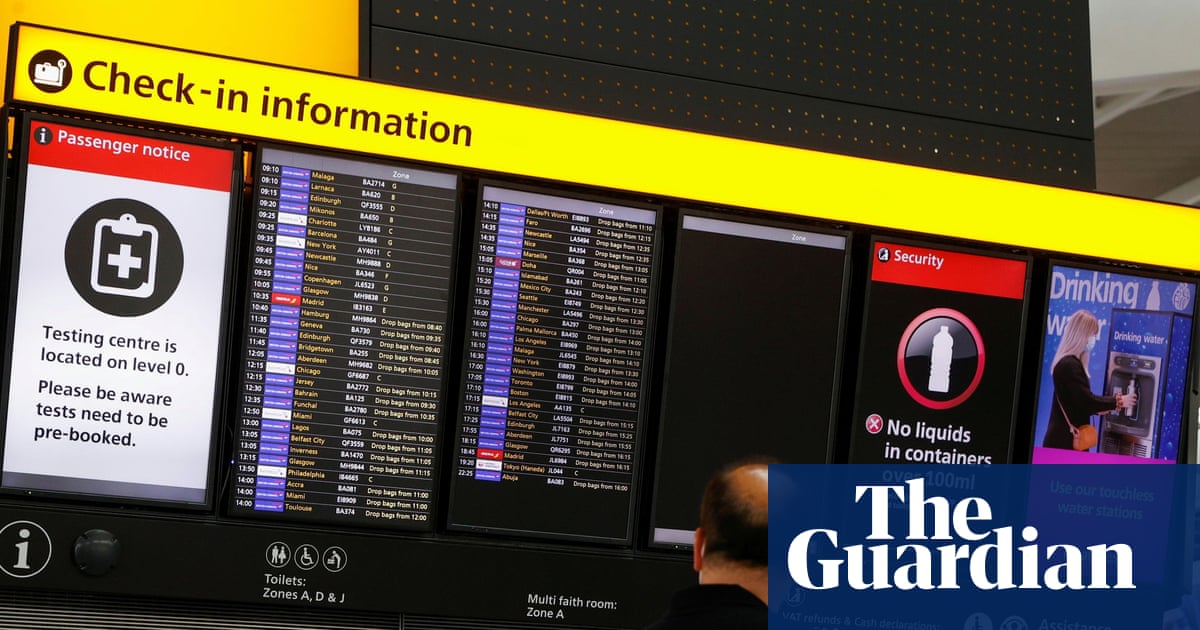Ministers must make access to language learning a national priority, experts have said, after research showed that children from more deprived areas of England are disproportionately denied the chance to learn a foreign tongue.
This year’s Language Trends report by the British Council surveyed 1,000 primary, secondary and independent schools and found that the proportion of pupils studying a modern language GCSE in less affluent English state schools was 38% lower than in the most affluent and 12% lower than the average.
While 69% of year 10 pupils at the most prosperous state schools are studying a language for GCSE, just 47% of those at the least affluent are.
The report’s findings show that progress towards the previous government’s Ebacc target of 90% of pupils studying a language to GCSE is going backwards. Although official entries to language GCSEs and A-levels went up in 2024 for the first time in many years, they have since dipped and remain concentrated in fewer schools.
On average, 53% of year 10 pupils at state secondaries are learning a language for GCSE, down from 54% last year.
Prof Charles Forsdick, the lead fellow for languages at the British Academy, said: “We’re at real risk of language education being accessible only to young people in the most affluent schools in England. This would be a disaster, shutting many young people out of essential education.”
Jean Coussins, the crossbench peer who is co-chair of the all-party parliamentary group on modern languages, said: “If the Ebacc disappears and with it the target for 90% of pupils to take a language GCSE, the government needs to ensure what replaces it still ensures most young people study a language to 16, if not 18.
“Otherwise, these data show there is a real risk that A-level languages could disappear from state schools altogether and even GCSEs could become the preserve of affluent state schools and the independent sector.”
German remains the hardest-hit language despite being the most sought-after language by employers, and access to it is becoming even scarcer at state secondaries.
While nearly 90% of schools offer French to GCSE and 76% offer Spanish, only 40% offer German, and even then only in more well-off areas. Only one secondary among respondents in the least affluent areas offers German at GCSE, compared with nearly three-quarters of better-off state schools and two-thirds of independent schools.
At A-level, only 27% of state secondaries offer German, compared with nearly half offering French and 44% offering Spanish. Less than a third of the most disadvantaged secondaries offer any language at A-level. In contrast, 58% of independents offer A-level German, while about 80% offer French and Spanish post-16.
after newsletter promotion
But even Spanish and French A-levels are struggling. More than a third of schools’ A-level classes have five pupils or fewer in them, the research found, with 8% of schools discontinuing German, 7% French and 3% Spanish A-levels during the last three years.
The German ambassador to the UK, Miguel Berger, said the findings were concerning. “Learning a modern foreign language like German should be an opportunity for everyone, not just a privilege for the few,” he said. “German, in particular, is an extremely practical and sought-after skill – it’s highly in-demand among British employers.”
Vicky Gough, the British Council’s schools adviser, said such profound inequalities in access to language learning had serious repercussions. “On a national level, this trend threatens to shrink the UK’s talent pool, erode linguistic and cultural diversity and weaken our global standing in diplomacy, trade, and international relations,” she said.

 2 months ago
54
2 months ago
54

















































